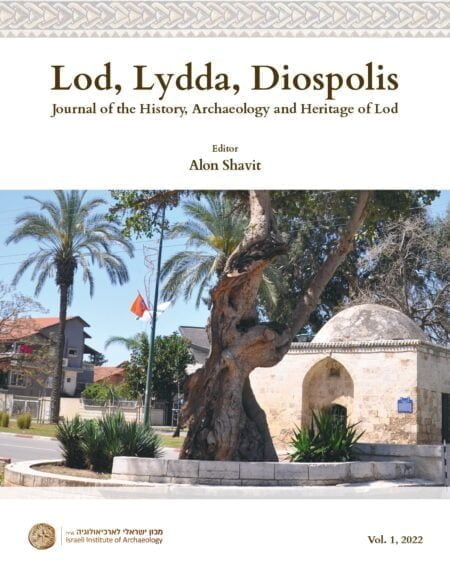ISSN 2788-5151
Open Access Journal
Editor
Dr. Alon Shavit – C.E.O. Israeli Institute of Archaeology
Editorial Advisory Board
Prof. Avi Sasson – Head of Eretz Israel Studies department, Ashkelon Academic College
Dr. Assaf Selzer - University of Haifa
Dr. Ido Koch - Tel Aviv University
Dr. Yotam Tepper - Israel Antiquities Authority
Architect Giora Solar


Contents
Editorial note
Studies on the Archaeology, the History and the Heritage of the City of Lod and its Vicinity

